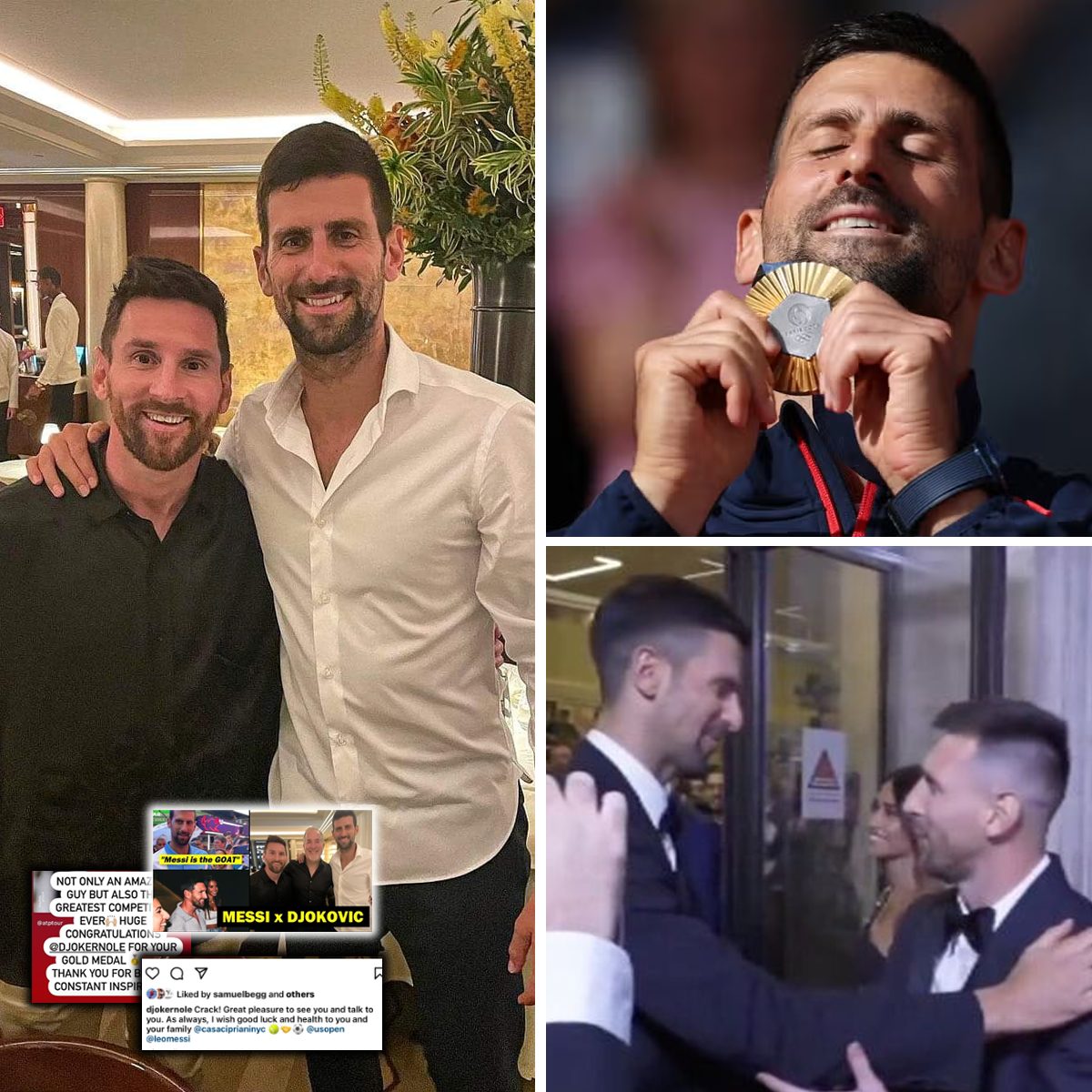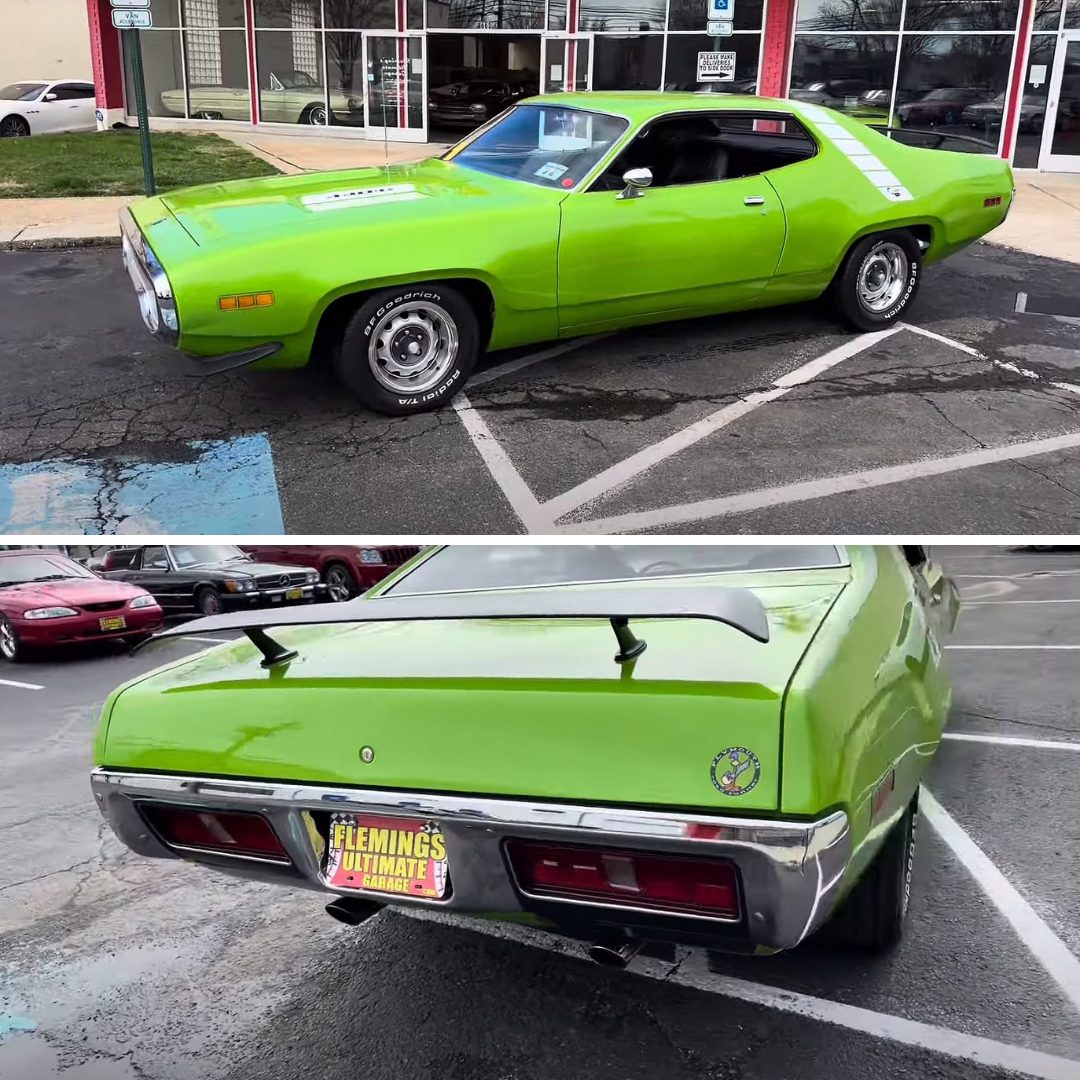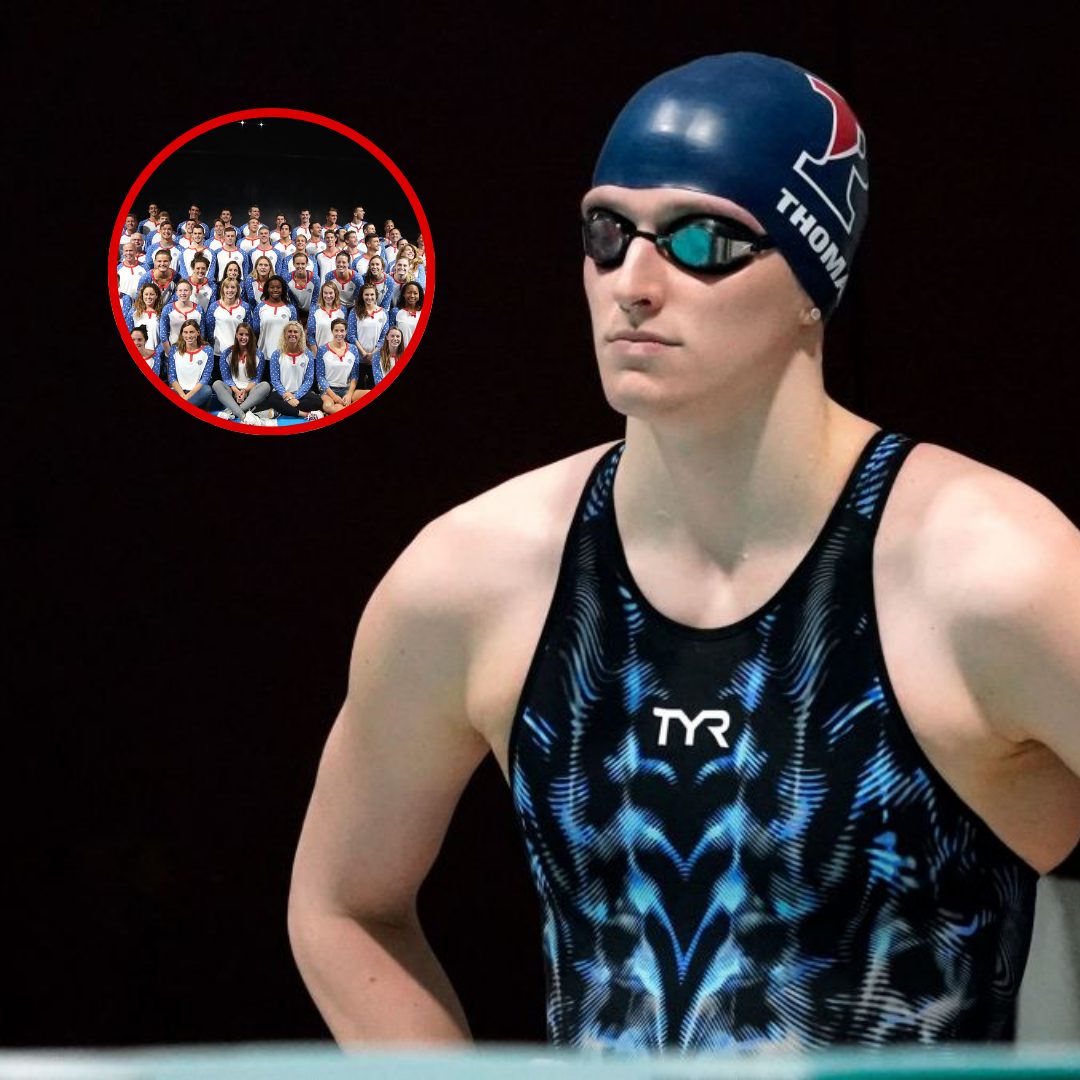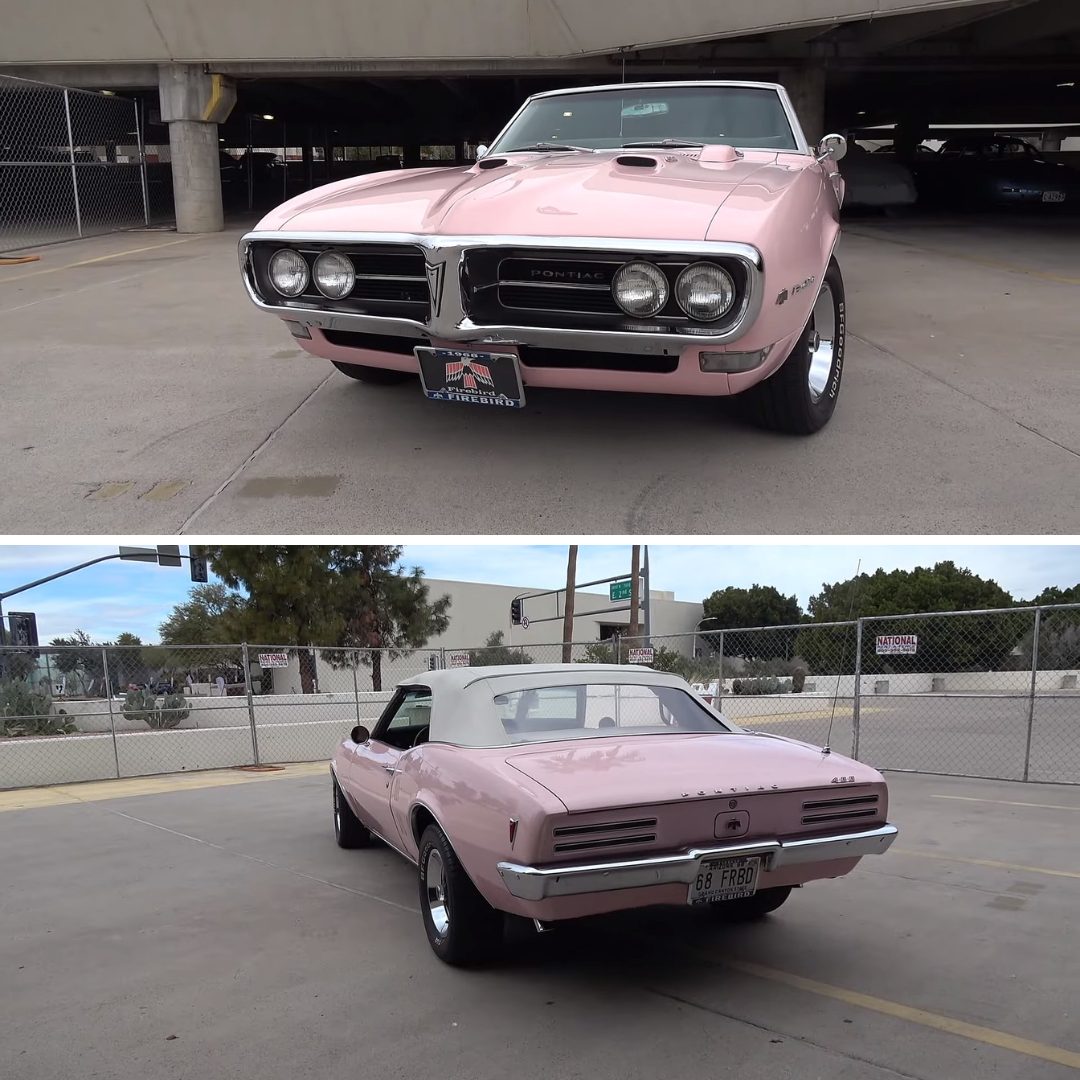Barcroft.
The Telegraph
said that for decades soldiers who joined the “ghost army” were not allowed to talk about their strange missions during World War II. The Pentagon also denies the existence of this army.
But now, more than 65 years later, the existence of the “ghost army” has been detailed in a documentary and an exhibition in the US. They were called Special Forces No. 23. Military experts said that the “Ghost Army” helped the Allies win World War II in Europe and saved the lives of tens of thousands of British and Americans.
In 20 times carrying out top secret missions, the 23rd special force has never fired a shot. The total number of troops on staff is about 1,100 people. They are makeup artists, actors, sound experts, painters, photographers, reporters. Many of them used to work in the film capital of Hollywood.
Over the past four years Rick Beyer, a 53-year-old documentary filmmaker, has interviewed 21 people who served in the 23rd Special Forces and are still alive. He said the US Department of Defense came up with the idea of establishing a ghost army after British Field Marshal Bernard Montgomery ordered the “production” of fake plywood tanks to deceive German General Erwin Rommel in battle. El Alamein in northern Egypt in 1942.
Impressed by the success of the British army in deceiving the German army on the North African front, the American generals present in England before the Normandy landings decided to form an army specializing in American deception. This unit was established in 1943 and trained at Training Camp Forrest, Mississippi.
In May 1944, the 23rd Special Forces arrived in England and were stationed near the city of Stratford-on-Avon. Together with British troops, they created fake military bases and airports before the landing on the Normandy coast. The purpose of this was to make the Germans believe that the Allies would land near the city of Calais (UK) or Norway, not Normandy.
Eight days after the Normandy landings, the ghost army was sent to France to deceive the German army about the location and intentions of the Allies.
By broadcasting “top secret” information over radio waves and using fake tanks, planes, and jeeps to create fictitious armies, they made German intelligence and reconnaissance planes believe that it was a army of 30,000 men.
They recorded the explosions of tank engines and the noise of soldiers and then played them back. Thanks to the most advanced equipment of that time, German reconnaissance soldiers could hear those sounds at a distance of up to 24 km.
“Those sounds created the feeling of a large brigade preparing for battle,” Beyer said.
The “ghost army” also used similar techniques to erect a fake mobile port on the Normandy beach to draw German firepower towards it during the Normandy landing campaign. They caused enemy defenders in the city of Brest, France, to believe that they were surrounded by a much larger army. Due to the impact of the “ghost army”, German generals also believed that British and American troops intended to cross the Rhine River.
The 23rd Special Forces are also experts in intelligence and espionage. They often impersonated high-ranking Allied officers and hung out in pubs in many cities that the Allies had just captured from the Germans. In such cities, the Germans left many spies. Impersonating high-ranking officers always drink to the point of intoxication and reveal a lot of “top secret military information” in bars. Then the news reached the ears of high-ranking German commanders.
“They often talk loudly about fake battle plans in pubs. Many people even revealed information to prostitutes in brothels. They hope that information will spread,” Beyer said.
Efforts to deceive the Germans sometimes pushed members of the “ghost army” into humorous situations.
“During a scene where tanks deployed in formation on a road in France, we realized there was a better position on the other side of the road. So four people carried the plywood tank over there. At that moment, a French man came. When he saw four soldiers carrying a tank, he thought he was hallucinating,” a former member of the “ghost army” told Beyer.






